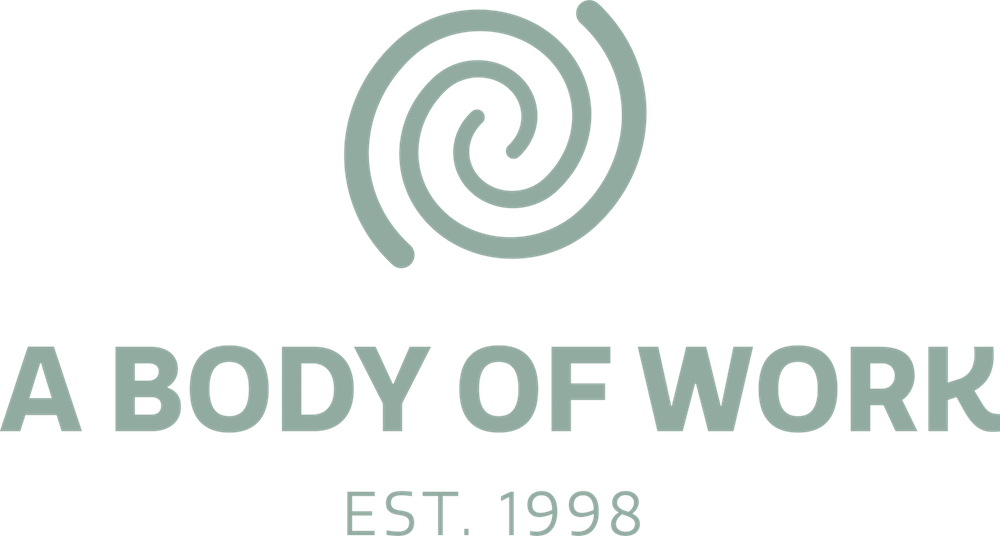Exercise and Mindfulness as a Means for Healing
Pain is a complex experience in that it is part physical (my back hurts), part emotional responses (I am angry about how I feel), and part social effects of sensations (I cannot talk to anyone about how I feel because they will not understand). When we think of pain, we generally associate it with physical pain. However, mindfulness allows us to differentiate these three experiences. While research may be tricky to pin down, more and more high-quality studies are coming out and testing mindfulness's role in reducing pain and stress to promote healing.
Jon Kabat-Zinn, the pioneer of Mindfulness Based Stress Reduction (MBSR), is the most widely researched when it comes to mindfulness practices for pain. Kabat-Zinn found that when patients with chronic pain were able to separate the physical sensation of pain and the response to pain, they could develop a healthier response to their pain, thus suffering less. In addition, studies have found that mindfulness may improve quality of life and mental health rather than eliminating the sensation of pain. For example, a 2013 review found that those who practice mindfulness experience less "unpleasantness" while still reporting the same pain levels as the control group (Lutz, et al). Additionally, one 2016 study found that traditional cognitive and behavioral therapies show high effects on anxiety and depression amongst patients; MBSR proves to be a strong alternative (Veehof, et al).
Research is vital to consider, but there are also many stories of individual's journeys of using mindfulness as a means of healing. In 2021, Aida Johnson-Rapp details her mindfulness therapy work with an individual who suffered from a chronic illness that took 18 months to diagnose and caused a plethora of debilitating symptoms. Five years after the diagnosis and a list of different treatments, the individual is now close to their physical, mental, and emotional baseline, an incredible feat (Johnson-Rapp).
Another testimony to mindfulness as a form of healing comes from Tedx Talk speaker Shannon Paige. Paige is a cervical cancer survivor. While she won her battle with cancer, she had a long journey ahead of her, struggling with depression after remission. Following her doctor's treatment recommendations, she started attending yoga. To be extremely clear, yoga and movement cannot cure depression. However, Paige hypothesizes that the mind-body breath connection that yoga and other movement-based exercises promote helped her through this period of her life. The mind-body breath connection she speaks about in the later part of her talk is another form of mindfulness that has proven to work for her and others (Paige).
These stories and research continue to accumulate, and there is an undeniable link between mindfulness and how we deal with pain and healing. To simplify, here are some ways that mindfulness can help one's psychological healing experience:
Induce a relaxing response and reduce stress related to pain
Increase compassion and sense of acceptance in the present
Improve the sense of acceptance to unpleasant sensations
Decrease repetitive thinking, reactivity, and avoidant behaviors
Sources:
Delagran, L., Uptmor, A. (2016) Mindfulness for Physical Pain.
https://www.takingcharge.csh.umn.edu/mindfulness-physical-pain
Johnson-Rapp, A. (2021). Linking physical activity, therapies and mindfulness for healing. ACE. Retrieved September 20, 2021, from https://www.acefitness.org/education-and-resources/professional/expert-articles/7932/linking-physical-activity-therapies-and-mindfulness-for-healing/.
Tedx Talks. (2012). TEDxBoulder - Shannon Paige - Mindfulness and Healing. YouTube. Retrieved September 20, 2021, from https://www.youtube.com/watch?v=UcGUo6uNs34.
Veehof, M. M., Trompetter, H. R., Bohlmeijer, E. T., & Schreurs, K. M. (2016). Acceptance- and mindfulness-based interventions for the treatment of chronic pain: A meta-analytic review. Cognitive Behaviour Therapy, 45(1), 5–31. https://doi.org/10.1080/16506073.2015.1098724
https://academic.oup.com/scan/article/9/6/776/1665213?login=true

